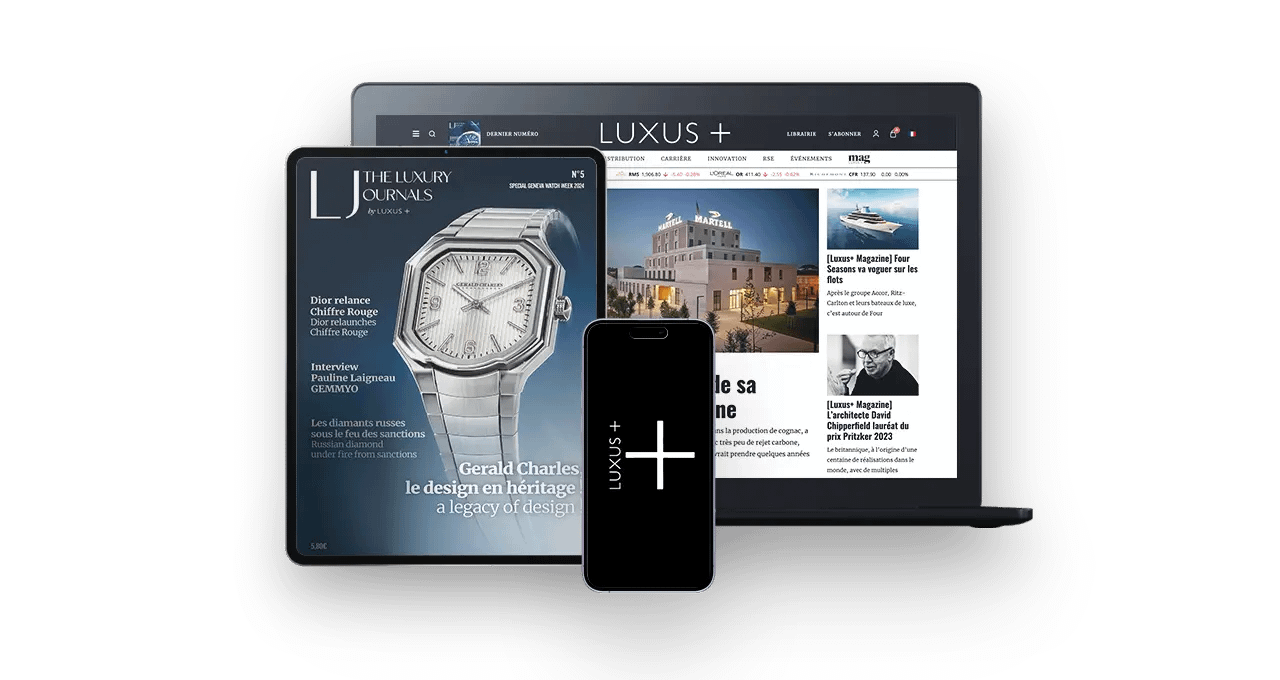What happens to luxury when machines start dreaming?
In 2025, we’re no longer asking whether AI can create — it already does. It curates outfits, writes ad copy, generates fragrances, and flirts via DM. As we edge closer to the Singularity — the moment machine intelligence equals or surpasses our own — luxury faces a defining question: What remains when intelligence is no longer scarce?
Because unlike mass industries, luxury has always been a human proposition: emotional, intentional, irrational. In the age of synthetic everything, how do you preserve what feels irreplaceable?
From craftsmanship to computation
For centuries, luxury has prized the artisan’s touch — the perfect imperfection, the years of savoir-faire. But when generative AI can learn from tens of thousands of archival silhouettes and generate new “collections” in seconds, craft no longer signals time — it signals intent.
Recent examples prove the shift:
- Vogue Singapore’s “AI Issue” blurred the line between editorial and algorithm, asking not if machines can create beauty — but who decides what beauty is.
- Maison Meta, the AI fashion lab, now co-develops generative couture for brands looking to fuse algorithmic form with emotional resonance.
- Even LVMH quietly embeds AI across its maisons — from predictive demand to pattern generation — but shrouds the machine in narrative, so the myth stays intact.
In this new paradigm, the luxury touch doesn’t disappear — it evolves. From maker to conductor, the human role becomes one of orchestration, not repetition.
The emotional singularity
Read also > [COLUMN] Algorithms vs. craftsmanship
Featured Photo: Unsplash






































